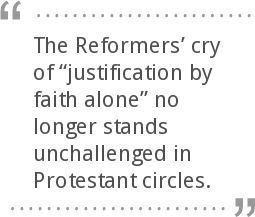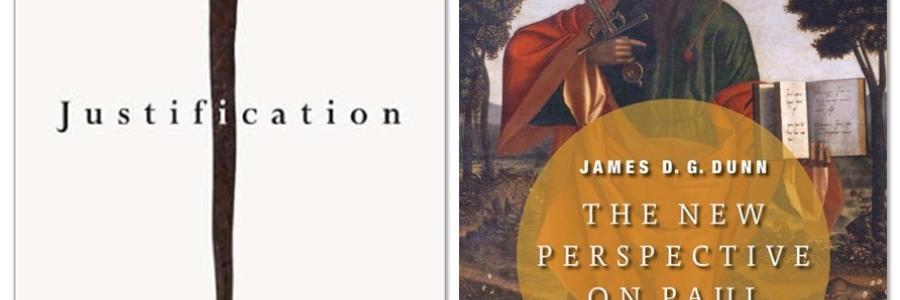Reprinted, with permission, from Faith Pulpit (May/June 2010). 
I have had a couple of opportunities to be on camera in front of a “green screen.” The camera captures your image and ignores the green background. It is a great experience because you can project yourself on screen into any number of backgrounds. At one moment you can be skiing in the Alps; the next, you can be surfing on the North Shore. You stay the same, only the background changes. This is the same technology that weather reporters use in their studios to show the weather map.
In an odd kind of way, the green screen illustrates what the New Perspective on Paul is all about. The New Perspective on Paul, however, is not really first and foremost about Paul at all. It is about Paul’s background (i.e., Second Temple Judaism). When you change the background on the green screen from mountains to ocean, people interpret the image in a completely different way. In a similar way, New Perspective scholars are reinterpreting Paul in a variety of different ways because their perception of his background of first-century Judaism has changed.


 Read
Read 

Discussion